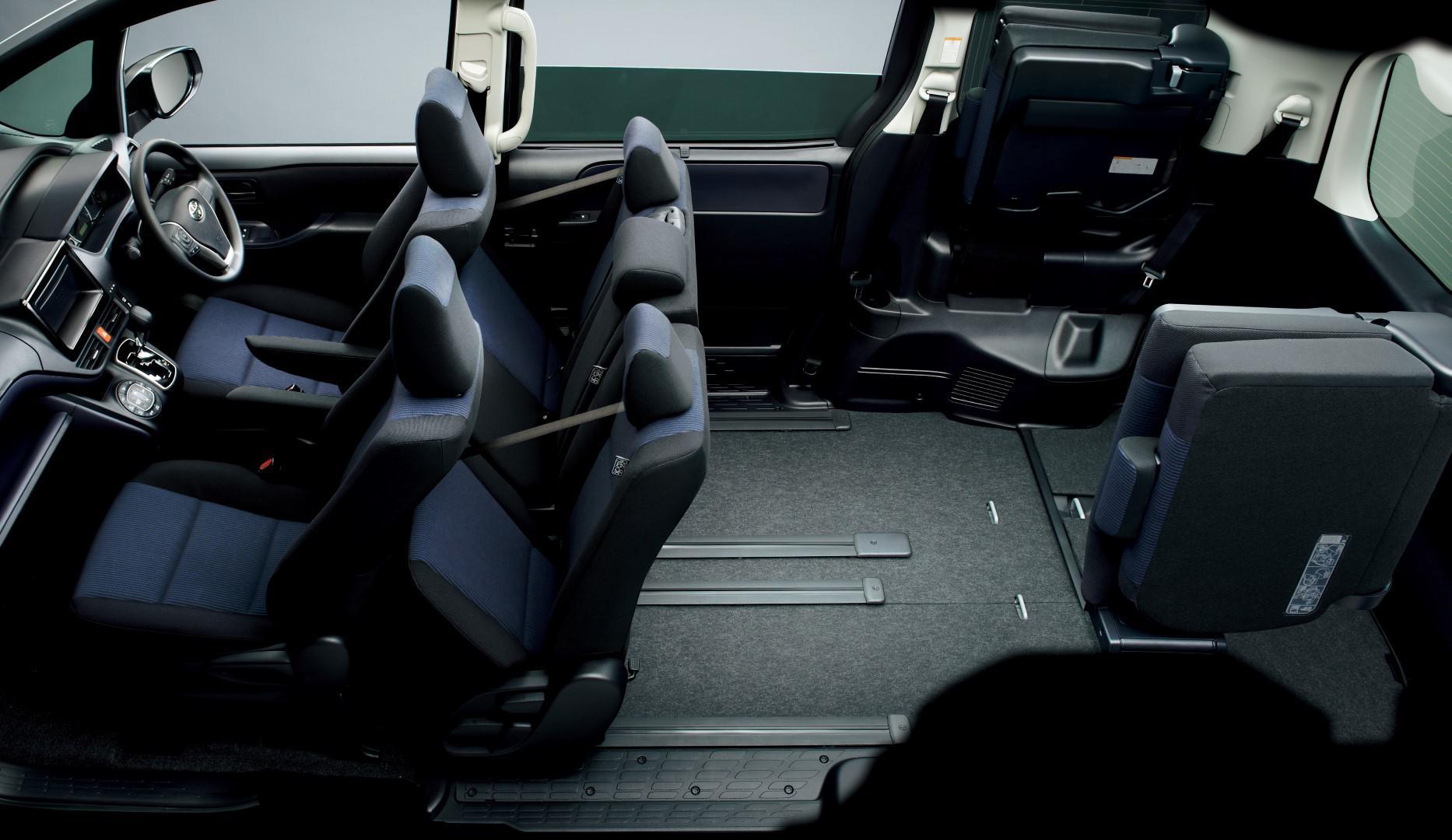Here’s what it takes to become a wise city
There’s no instruction manual to embark a wise city, but these are the ideas some cities have come up with.
This is part of our Road Tour two thousand seventeen summer series "The Smartest Stuff," about how innovators are thinking up fresh ways to make you — and the world around you — smarter.
The city of the future is going to be cool, with wise tech that helps you live your life.
But no one knows exactly what the fantastical city we’ve been dreaming about looks like, how it’ll work and what it’ll do.
Take car companies, for example. When they dreamed up their ideal wise city, they imagined sensor networks in roads that told commuters the ideal time to head to work, permitted cars to self-drive to their destinations and even automatically park in a garage. Some of those innovations are already here.
Antonio Puliafito’s phone directs us to a parking spot, tracked by the prototype brainy city project, SmartMe.
Apps for Apple’s iPhone and mobile devices powered by Google’s Android software can alert drivers when they should leave for an appointment and suggest the best route to get you where you’re going. Meantime, tech companies like Uber, Alphabet and Apple and car makers including Ford are playing with self-driving technology that could be in production in the next five years.
Since those issues are largely being tackled by companies, city governments are focusing their efforts on automating tasks that make a city tick.
The sensors that may eventually help you find parking could pull dual duty by alerting the city to potholes. And they’ll also sense the air’s quality and talk to our asthma inhalers and fire alarms. Rescue teams will be able to react to emergencies swifter because they’re automatically alerted to alarms, rather than merely relying on people to call 9-1-1.
In brief, sensors, apps and other clever tech is going to make the job of managing and protecting cities lighter. And that should make living in tomorrow’s cities a lot more joy.
Internet required
Prompt and reliable internet connections are a must to make brainy cities a reality.
The very first step in building a brainy city is to get widely accessible super-fast internet, something cities from Cincinnati to San Francisco are still working on. After that, it’s all about tackling data.
The way it works is this: Once the city starts collecting info, it can embark curating and publishing that data in effortless, downloadable formats.
Want to know how many crimes have been committed in Chicago from two thousand one until now? It’s here. (Spoiler: it’s almost 6.Four million.) Nosey about food inspections? Search away. You can even find out how many people called the Windy City to liquidate graffiti.
"Governments have a phat amount of data," says Rahm Emanuel, the mayor of Chicago and a former chief of staff for President Barack Obama. "A brainy city is how you use that data to be more effective as a government agency for the will of the people."
Some cities have run into a slight snag after publishing all this information: It turns out very few people read it.
But that hasn’t stopped Chicago or Cincinnati, which have been experimenting with how to make the data more interesting and useful.
One way was by fastening GPS location trackers to snow plows and putting them on live updating maps so residents know when they’re coming. That’s been a big hit in both cities. "You’ve got to think outside the box," Black said.
Governments have a large amount of data.
San Francisco, for example, was one of the very first cities to publish real-time route information about buses and trains on the web. Software developers, excited by Apple’s fresh iPhone in 2007, began building apps to take advantage of these bus trackers.
A decade later, more than 1,200 cities around the world share their public transit schedules with app developers, helping to power fresh companies like Moovit in Israel and Montreal-based Transit. Meantime, Google and its Waze driving app subsidiary are working with cities to share information about drivers and traffic patterns .
That kind of information can also help the government and businesses better predict when things like traffic will be powerful, or when internet connections might likely be constrained, and even where it might be best to install a fresh electric-vehicle charging station. One project he’s interested in is using data to find fresh approaches to how trucks supply online shopping packages, while avoiding traffic congestion and air pollution.
"This is all about making life lighter and taking the friction out of city living," Gann said. That’s particularly significant when a city is growing as rapidly as London, which is expanding by about 100,000 people a year.
Brainy emergencies
Louisville, Kentucky, may be best known for its bourbon and BBQ. But it’s also been experimenting with tech to speed up city services.
One early success was in detecting trouble in vacant and abandoned buildings. These properties tend to be more fire-prone because no one’s around to notice a blaze. That also means firefighters don’t usually arrive on scene for about fifteen minutes — the typical response time to a fire in the city is less than four minutes.
